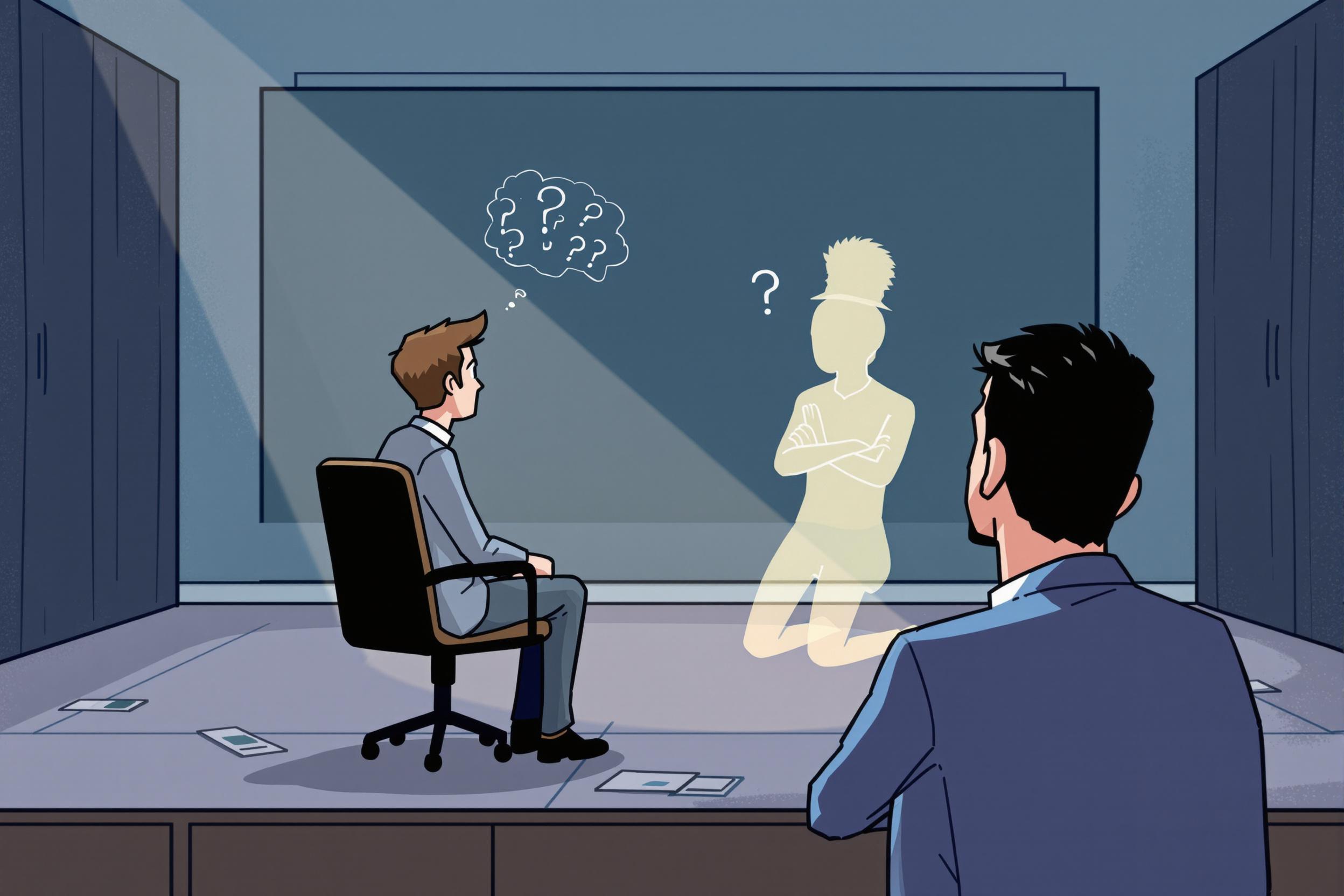
Root Smudge
Root Smudge is a popular hair coloring technique where the hair color near the roots is purposely made to look softer and more natural. It helps create a gentle transition between the natural root color and the rest of the hair color. This technique is particularly useful for clients who want to extend time between salon visits, as it grows out more naturally than traditional hair coloring. Other names for this technique include "root melt," "root blur," or "shadow root." It's different from traditional root touch-ups because it's meant to create a deliberately blended look rather than a sharp line between colors.
Examples in Resumes
Specialized in Root Smudge and Root Melt techniques for low-maintenance color results
Performed over 200 Root Smudge services resulting in 90% client retention rate
Created natural-looking transitions using Shadow Root and Root Blur techniques
Typical job title: "Hair Colorists"
Also try searching for:
Where to Find Hair Colorists
Professional Networks
Social Media Communities
Industry Events
Example Interview Questions
Senior Level Questions
Q: How do you determine the right toning formula for different root smudge situations?
Expected Answer: An experienced colorist should explain how they assess natural hair color, desired result, and existing color to create custom formulas. They should mention the importance of strand tests and understanding how different hair types react to color.
Q: How do you train junior stylists in root smudge techniques?
Expected Answer: Should discuss teaching methods, common mistakes to avoid, and how they ensure consistency in results across their team. Should mention the importance of proper consultation and managing client expectations.
Mid Level Questions
Q: What's your process for correcting an uneven root smudge?
Expected Answer: Should explain their approach to color correction, including assessment steps, correction techniques, and how they would prevent the issue in future applications.
Q: How do you adapt the root smudge technique for different hair textures?
Expected Answer: Should discuss how they modify application methods and timing for different hair types, showing understanding of how texture affects color absorption and processing.
Junior Level Questions
Q: What is the difference between a root smudge and a traditional root touch-up?
Expected Answer: Should explain that a root smudge creates a soft, blended transition while a root touch-up creates a more defined line of color at the roots.
Q: What products do you use for a root smudge service?
Expected Answer: Should be able to list basic color products, tools, and explain why certain products are preferred for creating the blended effect.
Experience Level Indicators
Junior (0-2 years)
- Basic color application techniques
- Product knowledge
- Basic consultation skills
- Following supervisor guidance on formulas
Mid (2-5 years)
- Custom color formulation
- Advanced application techniques
- Color correction skills
- Client retention strategies
Senior (5+ years)
- Training and mentoring abilities
- Complex color correction
- Advanced technique modifications
- Building client relationships
Red Flags to Watch For
- No knowledge of basic color theory
- Unable to explain the difference between various root techniques
- Lack of attention to client consultation
- No experience with different hair textures
- Poor understanding of processing times
Related Terms
Need more hiring wisdom? Check these out...

Ghosted Again? How to Stop Candidates from Disappearing and Start Engaging Them Better

Career Site SEO: Unlock Ridiculous Visibility and Attract Rockstar Candidates

Global Compliance Checks: The Hidden Puzzle Pieces of Background Screening Revealed

